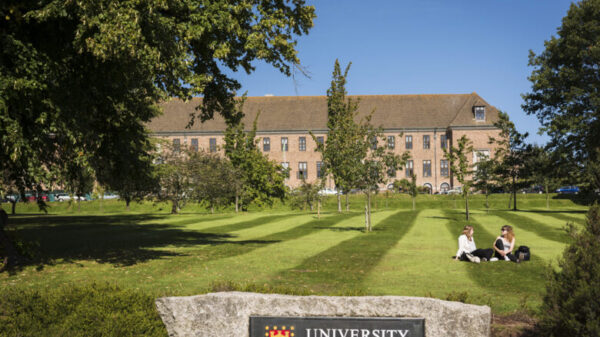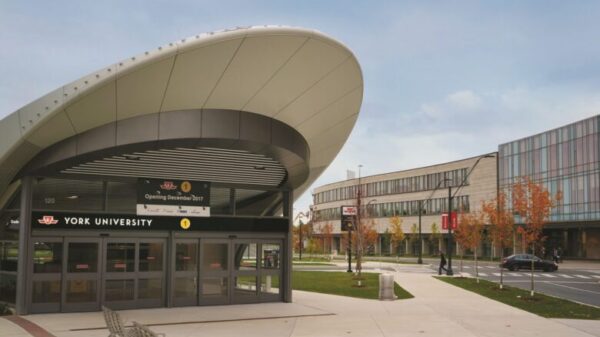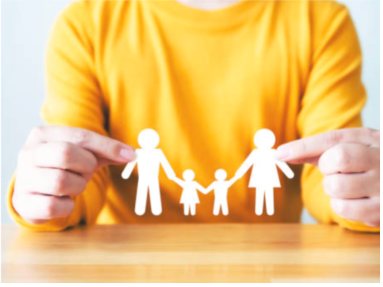[ad_1]
“The majority of surveys that capture teen health at that level were parent-referred surveys, and we want to address that gap and understand teen health from the teens themselves,” he said. “So we asked parents and teenagers the same question.”
This question was: How often do you get the social and emotional support you need? (Parents were asked a comparable question about their children’s needs.) Response options were “always,” “usually,” “sometimes,” “rarely,” and “never.”
The results highlighted a striking disparity: more than three-quarters of parents (77 percent) said their teen always received the social and emotional support they needed, while only 28 percent of teens did. said the same.
“We anticipated some disagreements,” between parents and teens, Zablotsky said. “But I think we were surprised to see the level of disagreement, and we were surprised to see it across the board for a variety of subgroups that we explored. … When such a large disconnect exists, it’s worth talking about.”
Teens who indicated that they “sometimes,” “rarely” or “never” received the support they needed were more likely to report experiencing symptoms of anxiety or depression, Zablostky noted, as well as other impacts negative for health. “They are also more likely to report having low life satisfaction, and they are more likely to report having low quality of sleep,” he added.
The report raised new questions that Zablotsky and his colleagues hope to answer, he says. Because the survey did not explicitly define social and emotional support, additional qualitative research is planned “to better understand what adolescents think when they answer these questions,” he said.
The age cohort included in the survey has experienced a growing mental health crisis for years, one that has received more attention and public concern since the start of the pandemic. In 2021, a CDC report found that 42 percent of US high school students described feeling persistently sad or hopeless, and 29 percent reported having poor mental health. The level of social isolation across the youth population has also steadily increased, and the US surgeon general posted a notice last month emphasizing the importance of social connection and community.
Tamar Mendelson, professor and director of the Center for Adolescent Health at the Johns Hopkins Bloomberg School of Public Health, says the mental health crisis is amplified for children in vulnerable communities—a fact also underscored by recent survey analysis.
“In marginalized communities, a lot of young people are dealing with symptoms of trauma, symptoms of post-traumatic stress disorder and related mental health issues, because they’re just having to deal with things that no child should have to deal with – food insecurity, housing. instability, communal violence,” he said. “We see growing economic inequality in this country, and for young people who live in poverty or who experience effects of structural racism, that has some really deep implications for mental health that I think we tend to forget.”
The new report also reflects a disproportionate impact on certain teen populations: girls, black and Hispanic teens, and children who identify as LGBTQ were some of the least likely groups to report that they “always” or “usually” they got the support they needed. Lower family income and lower parental education level were also associated with lower rates of perceived emotional and social support.
Mendelson said she was not shocked that the survey revealed a disagreement between teenagers and their parents.
“It’s a big discrepancy, and it’s worrisome because obviously this is a really important developmental period where parents can support their children,” Mendelson said. But: “Especially during adolescence, this is a time when young people develop more independence. … If they are struggling socially, or have mental health symptoms, or there are things going on with them, many do not they don’t trust their parents.
She hopes the findings could focus attention on what parents can do to engage more meaningfully with their teens, which can be difficult at this age, she said.
“What’s hard about being a parent of a teenager is that they give you mixed messages,” he said. “They may be saying, ‘I’m fine,’ or ‘No, I don’t want to talk to you about this,’ or ‘No, I don’t want to be with you on Saturday.’ Part of their job is to get away, because they grow But part of a parent’s job is not to let that deter you from being truly present with your teen.
And while many parents are constantly electronically attached to their children – and many children have less independence and free time than previous generations experienced. – Mendelson noted that this type of oversight and overscheduling is not the same thing as support involvement.
“In some ways, helicopter parents create a bit of stress for their children: ‘You need to be engaged in all these activities, you need to be constantly performing or achieving’ – you know, this is a very message different,” he said. “I think there’s a big difference between parents providing supervision or structure versus support.”
She suggests that parents keep an open mind and create opportunities to start a dialogue with their teens. Many parents have said that it is easier to talk to their children in settings that feel more casual – for example, in the car, where they can be more relaxed and are not sitting face to face.
“This (survey) is a reminder not to assume you’re providing the kind of support your teen wants — and not to give up,” she said. “What I take from them, as a parent and a researcher, is this: we need to slow down and not assume that we know what is happening with our teenagers, and really check with them.”



































